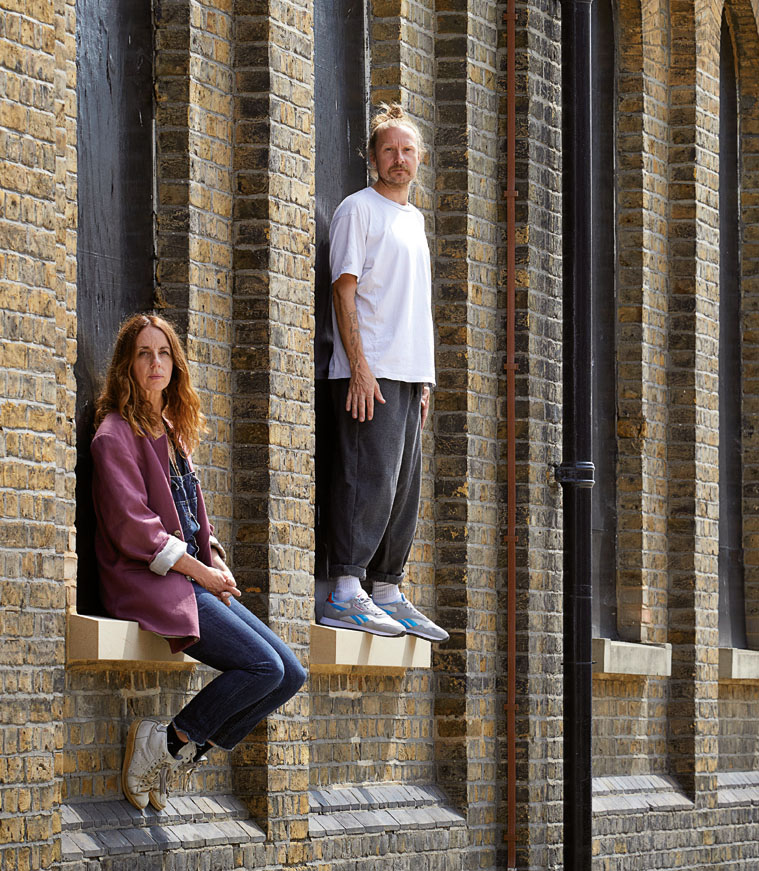
By 2025 the immersive entertainment sector in the UK alone is projected to exceed £8bn, with a recent Mintel report stating that: ‘consumers seek out more experience-led activities.’ After many years of relying on Frantic Assembly, Brecht or Kneehigh when exploring devised theatre with my students, I find that I am increasingly turning to the work of companies such as Punchdrunk and the style of immersive theatre as a way of exciting the young performers that I work with. How did this way of working begin and how is it being explored by different theatre practitioners?
Immersive roots
Immersive theatre originates from a 19th-century tradition associated with pantomime where a leader would put out a call and the audience would respond. As the artform has developed we have seen audiences becoming involved in shaping the plot, as in 1985's Tony Award-winning Best Musical, The Mystery of Edwin Drood, where the audience voted on who killed Edwin, resulting in one of seven possible endings. The performance art movement and Augusto Boal's Theatre of the Oppressed have also influenced the style, whereby the barrier between actor and spectator is regularly broken down or non-existent.
Beyond Theatre
Creative producer of Beyond Theatre, Paul Levin, believes the public want more from a trip to the theatre than the conventional forms of entertainment we're all used to. He said: ‘All the world's a stage was great in the 16th century, but now the public are looking for considerably more.’ As well as producing Jesus Christ Superstar inside Nottingham's oldest church, the company recently produced an immersive rock opera called Alicia, which opened at the historical Manchester Cathedral on the 26th of August. Paul Levin told me that Beyond Theatre aim to create ‘Entertainment experiences which surround the audience, are unusual and sometimes immersive.’ Levin wants his performances to give the audience an ‘experience’ and this extends to working on new ventures such as ‘The Alice Bar,’ an Alice in Wonderland themed event that blends the worlds of Lewis Carroll, theatre and escape rooms.
 © JULIAN ABRAMS
© JULIAN ABRAMS
Co-directors Maxine Doyle and Felix Barrett at Punchdrunk's new Woolwich home
Punchdrunk
Punchdrunk, the theatre company who pioneered the breakthrough of immersive theatre in the UK, are returning to London for the first time since 2014, with their new show, The Burnt City. The performance will take place in the company's new home in Woolwich Arsenal – taking over three Grade II listed buildings as part of the Royal Borough of Greenwich's new creative district, ‘Woolwich Works'. This will be the first time some of the buildings have ever been opened to the public. The huge size of these buildings offers the company a scale never before seen in a Punchdrunk show, with vast heights and over 100,000 square feet of space. The Burnt City will play for a limited season with tickets on sale until 28 August 2022; previews commence on 22 March 2022.
Other immersive experiences
The Lost Estate (www.thelostestate.com) use theatre, music and food to create immersive experiences for the audience, including a Roaring 20's speakeasy and a Dickens Christmas feast.
For those who know their Doctors from their Daleks, Doctor Who: Time Fracture, a ground-breaking immersive theatrical adventure promises to ‘plunge you into the incredible universe of Doctor Who.’ From Immersive Everywhere, the company behind The Great Gatsby, this experience in London is currently booking until April 2022 (www.immersivedoctorwho.com/event/doctor-who-time-fracture).
An activity from Punchdrunk's Teacher Resource Pack: Crafting a journey
Find a partner. One person is the leader and one person is the follower. Start by standing opposite each other. The follower now closes their eyes. The leader takes the follower by both hands and leads them on a journey. Without speaking, the leader must guide the follower around the space. After a few minutes, stop, open your eyes and discuss your experience. Do the same exercise again, changing the journey but now with only one hand in contact.
The leader can change the intensity with which they are holding the follower's hand and leading them on the journey. Experiment with holding the follower close to you, or with a very light hand contact, or quickly with a sense of urgency, or just by the little finger. Repeat the exercise again with different body parts in contact. How does the leader take the follower on a journey when you are only touching elbows, or back-to-back, or the leader is holding the follower by the shoulders?
Resources
There are a number of excellent resources to use when introducing students to immersive theatre.
- The Punchdrunk Encyclopaedia (Routledge) is an excellent resource with activities, essays and interviews about the work of the company.
- Punchdrunk also produce some super teacher resource packs, which can be downloaded from their website (www.punchdrunk.org.uk/content/uploads/2019/10/Punchdrunk-Teacher-Resource-Pack-v7.pdf).
- Finally, the website ‘Contemporary Performance’ offers a rundown of 10 immersive theatre companies to look out for (www.contemporaryperformance.com/2017/03/31/10-immersive-theater-companies-to-discover).
